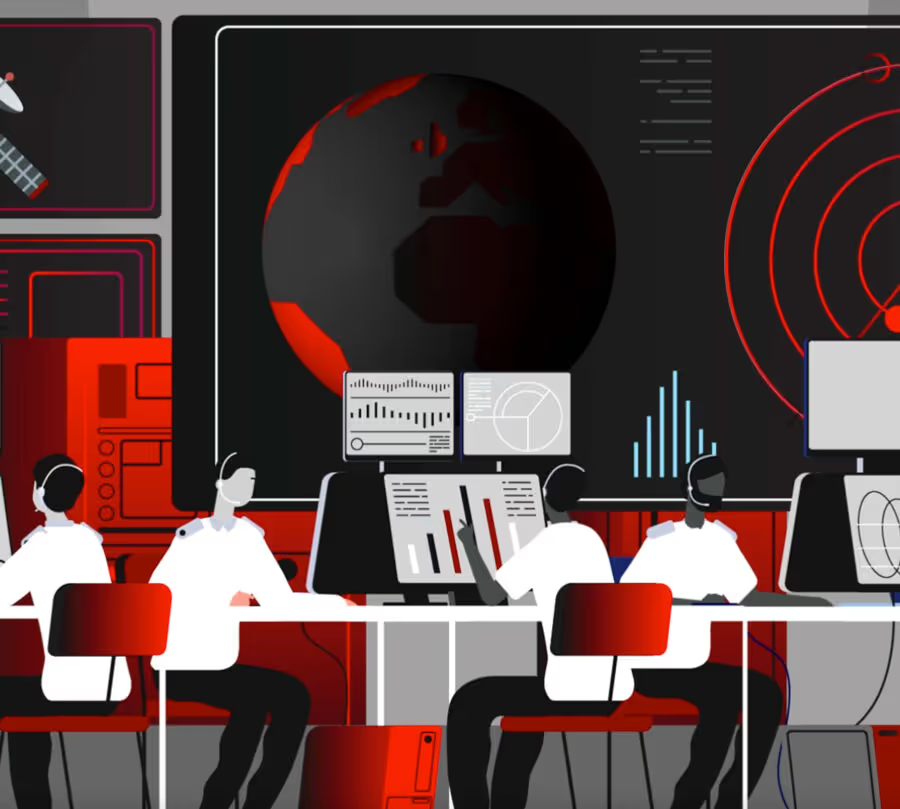In a time where software is eating the world, our military should be no exception.
With the recent events involving SolarWinds, it’s apparent that digital warfare is the front line of the modern battlefield. As we digitally enable combat in the air, sea, and land, we must enable our soldiers to adjust and respond with agility.
Imagine a world where your job is centered around sending and receiving updates to a flight manifest. To do this, you have to use a web client that takes a user twenty clicks and five minutes to write and send one change to the manifest. Now imagine that the change does not go through and a draft is not saved.
Our service people don’t have to imagine scenarios like this because, with software provided to them by the government, experiences like this are the reality they live every day.
DoD applications are mainly developed by large defense contractors, so end users are not consulted and do not work directly with those developing the applications. Separated by layers of program offices and big corporations, newly developed applications often make users’ lives harder rather than easier. I have worked for 6+ years at silicon valley innovation units, a large defense contractor, and DIU before arriving at Rise8 to work with service people to enable mission outcomes. My passion is to enable our service men and women and transform them into digital warriors.
After five years in this space, here are the top three opinions I have formed to improve software development for military service members:
Software for services members should be made by service members
To enable service members in developing service owned applications, organizations should flip the ownership model of applications from corporations to the services. By enabling service members to own and build upon what they are using day in and day out, we are practicing true user centered design.
By working directly with users to code and manage software deliveries, we create this self sustaining cycle that enables the services to expand their digital footprint and give them the skills to adjust and respond to digital threats. By putting ownership on the services, we can build better software for our service members and, subsequently, save on the sustainment costs of these applications.
Keeping the mission first
As much as I am excited in the advancements of AI or harnessing the decentralized nature of blockchain, oftentimes these terms are overloaded and marketed as solutions to problems that can be solved using digitized spreadsheets. We should tackle mission outcomes first, not market for technologies that are popular.
It is amazing how much time in a day we can save users by teaching them how to develop simple dashboards of information rather than teaching them machine learning algorithms. This is not to say that we shouldn’t use these technologies – just that we should only use them if they’re the most efficient way to solve mission outcomes. By working directly with the service people who use these applications, we can identify the shortest path to achieving mission outcomes.
Solve first class problems first
“ROME WASN’T BUILT IN A DAY, BUT THEY WERE LAYING BRICKS EVERY HOUR.”
– JOHN HEYWOOD
Although ramping up an entire software factory can seem daunting, we start with the most critical mission slices of value and work with users to deliver applications continuously and iteratively. This process creates a snowball effect where we start with the most important problems first and expand to a digital transformation across the entire organization.
Gall's Law is a great example which exemplifies this principle:
“A COMPLEX SYSTEM THAT WORKS IS INVARIABLY FOUND TO HAVE EVOLVED FROM A SIMPLE SYSTEM THAT WORKED.”
What we see today are complex system-of-system applications that are developed from scratch without the end user in mind.
In every step of the software development process from inception to delivery, we should work directly with service members to achieve these outcomes with the goal of enabling the services to own and build their own applications data streams that will be used for years to come.





